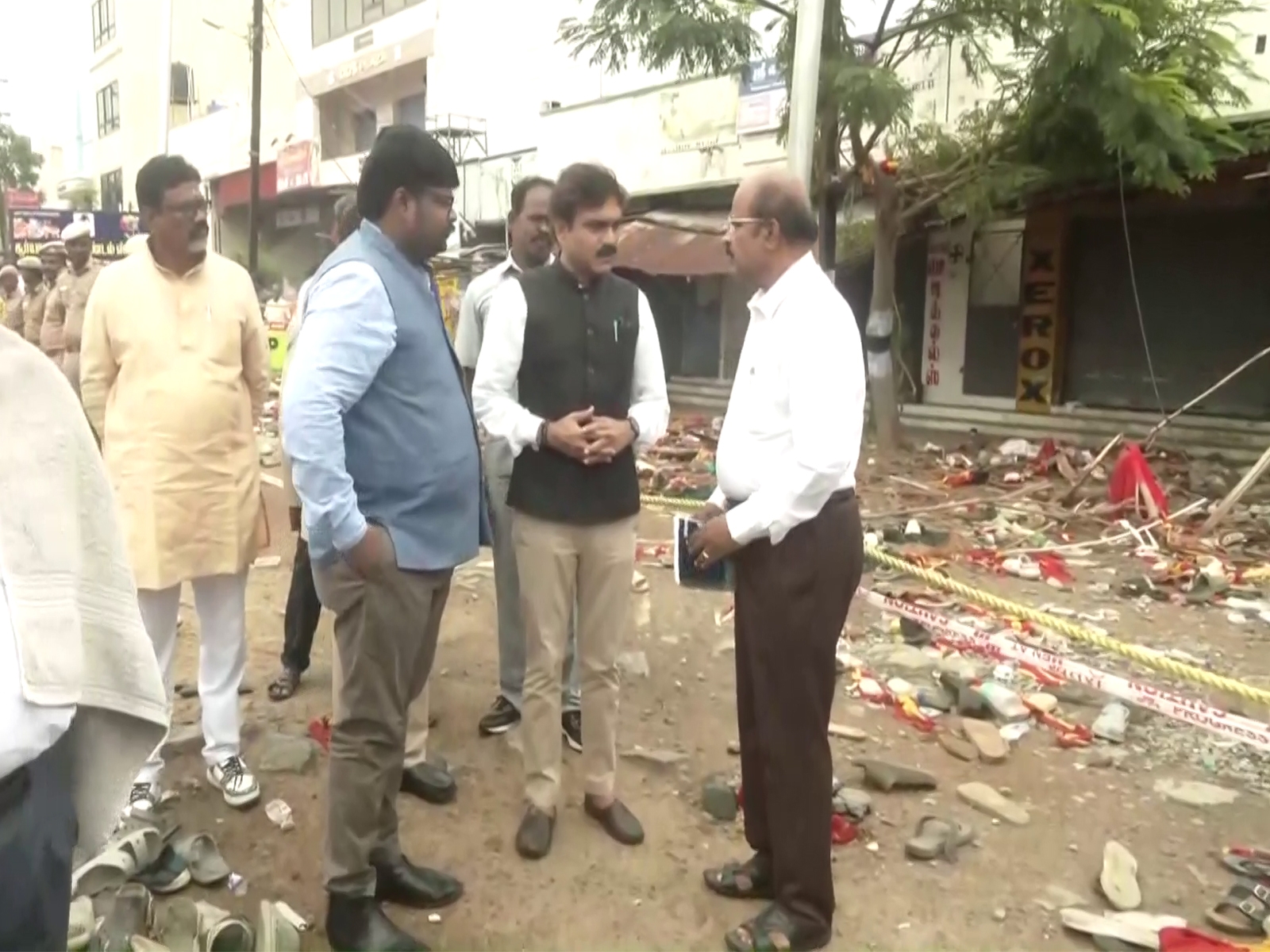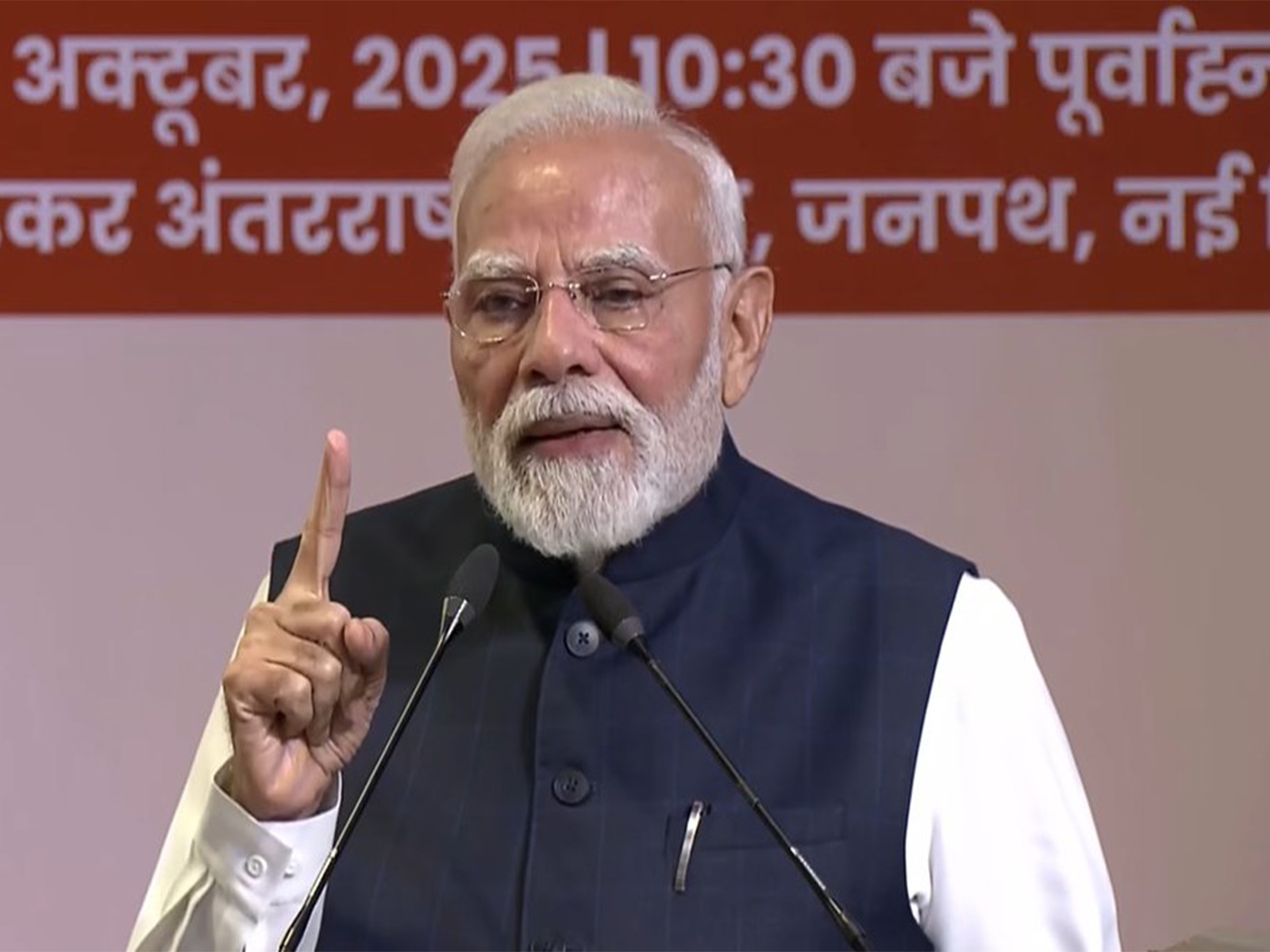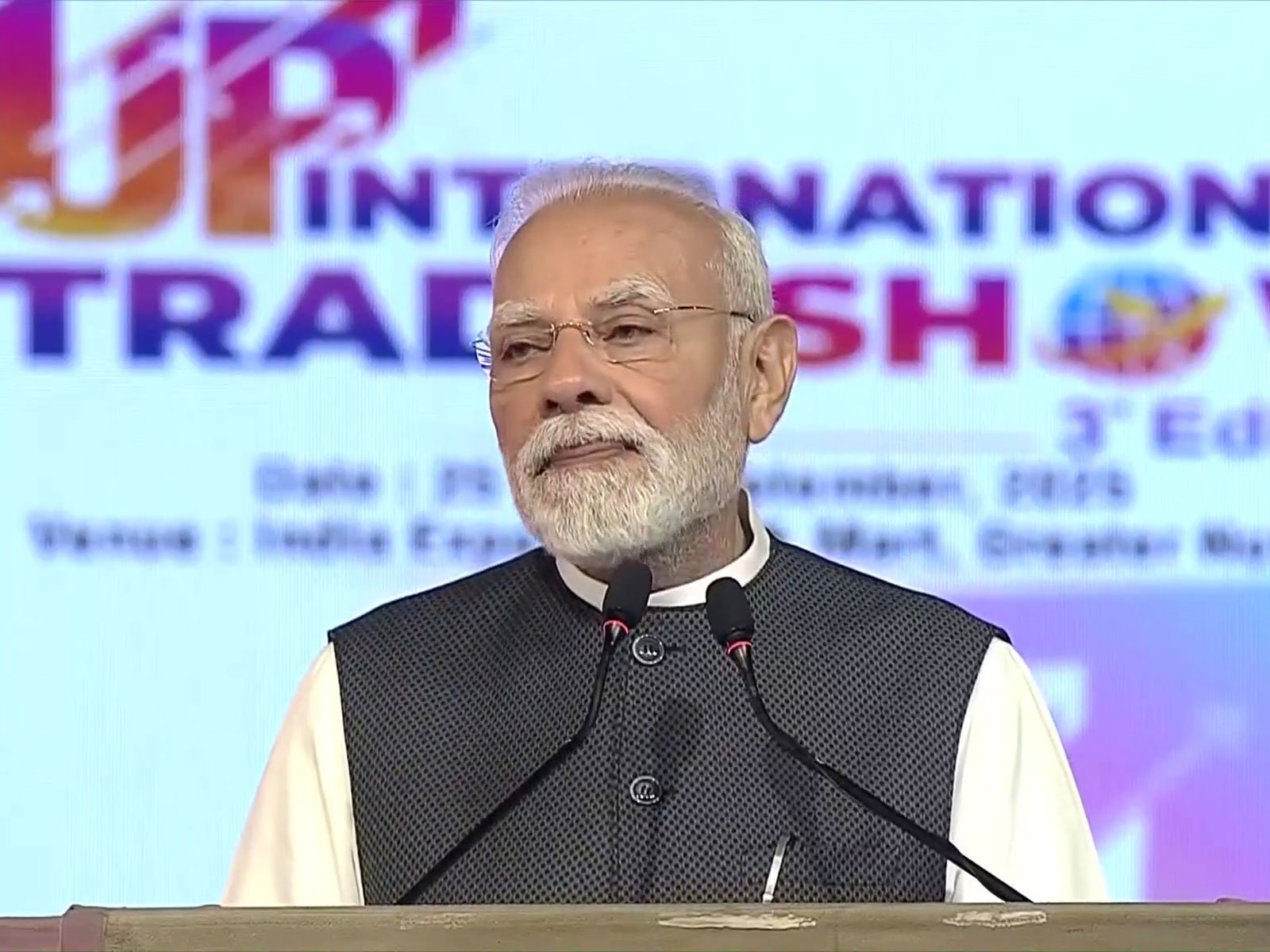Is porn rocket science? 7 questions that show the govt doesn't get it

The issue
- The government has blocked 857 porn sites on grounds of morality and obscenity
- They used Sec 79 (3) (b) of the Information Technology Act to block these
The data
- India is the world\'s 5th largest porn consumer
- There are over 4.2 million porn sites in the world; 68 million porn searches daily
- Over 300 million Indians are online. How can their internet usage be tracked?
- Even Vatican City watches porn
The nuances
- Porn created in another country is not subject to India\'s jurisdiction
- No clear definition of porn: Whatsapp messages, sexting, nudies, chatrooms are all digital sexual activity
- Complete ban impossible: internet technology transmits data as code; you can\'t know if a site has porn
- VPNs, proxies, torrents can all bypass a block
- Doesn\'t take on offline porn: magazines, films, phone chat lines
More in the story
- Is the government making a fool of itself with tech ignorance?
- Is the state capable of defining what porn is?
The same country that launched a successful Mars mission a year ago - displaying a phenomenal understanding of rocket science - has just tried to ban porn.
It's frankly mindboggling.
Not because it's regressive - which it is. Not because it's illegal - which it also seems to be. Not even because it was underhand - because that's rapidly the style of governance we're coming to expect.
But because it displays a fundamental ignorance of both, what porn is and how the internet works.
Read more: Pooja Bhatt on why banning porn only whips up appetite for it
I'm not particularly worried for porn - for as long as sex has existed, so has some version of pornography. It'll survive.
And in India, data shows, it doesn't just survive, it thrives.
When Pornhub, the world's largest porn site, released India stats earlier this year, it blew the 'Indian culture' myth out of the water. India is fifth on the list of Pornhub's user base, and 25% of Indian visitors to the site are women.
But this latest attempt - which involves banning 857 sites - is not just ill-conceived, it's straight-out untenable.
The reality is that porn is incredibly complex, and the technology that powers the internet even more so.
A quick primer on how the internet works
British technology writer Ben Hammersley's excellent Now for Then: How to Face the Digital Future Without Fear explains why banning anything online isn't feasible without being openly draconian.
"The technical capacity to monitor - i.e. to decode and read - all the flow of information on fibre-optic cables does not exist." That's because content on the internet is transmitted as packets of code.
What this means: you can only block a 'porn site' once you know it's porn. But sexual content on a non-porn site? Nude photos posted to a random tumblr? Explicit chats? Impossible to track.
This, he says, has resulted in unworkable legislation by liberal regimes who try to enact their values from a place of technological illiteracy.
That same illiteracy is why the porn block the government of India just enacted is unenforceable. And it begs a few critical questions.
1. First, quite simply: what is porn?
D H Lawrence's Lady Chatterley's Lover was published in 1928 but banned as pornography in the UK till 1960. Today, it's a classic work of literature taught in university classrooms. To many, Bollywood often verges on porn. Will the government ban that next?
Traditionally, pornography was sexually-explicit content designed to arouse or titillate. Today that definition applies to a breathtaking array of material - and depends entirely on whom you ask.
Is a nudie - a nude selfie - sent on Whatsapp porn? Are conversations in chatrooms? What about hookup app Grindr?
Will the government ban the bestselling 50 Shades of Grey, available for instant download on your Kindle?
The question doesn't even begin to encompass a whole genre of literary erotica available legally for digital purchase.
Is Anais Nin's Delta of Venus or Little Birds porn? What about the smutty-but-bestselling 50 Shades of Grey, with its graphic talk of anal sex and butt plugs, available for instant download on your Kindle for Rs 120?
Or are words not porn, only pictures?
These questions are the start, not the culmination of the porn debate.
If porn was something that used to be professionally made, that too has changed. Anyone with a mobile phone and a data connection - in India alone that number is 210 million - can make and share a sex video. They can have video chats. They can have virtual sex on Skype. They can sext. They can do all this from anywhere, with a handheld device.
They can blow the concept of banning porn into smithereens with one click on their phones.
2. Besides, what exactly are we banning: the creation, dissemination, viewing or sharing of porn?
Much of the porn that exists in the world is created outside of India's geographical boundaries, and is hosted on servers outside our country.
So India has no jurisdiction over either the creation or dissemination of this porn - as long as it's legal in the country in which it is being produced.
What this means: all the Indian government can do is make illegal the viewing and sharing of porn - which translates to blocking a few specific urls on the internet.
This may seem a draconian measure, but in reality doesn't even qualify as the tip of the iceberg. That's because there are a few million porn web pages online.
3. Of which we've banned precisely 857. What does that achieve?
Absolutely nothing, it turns out.
While estimates about how much porn exists vary dramatically, some say it's 30-40% of the internet, without even accounting for the dark web.
A more realistic study places porn sites at about 4.2 million. That's websites, not pages, with each website having thousands of individual pages with pornographic videos or photos. There are, quite literally, millions of porn webpages.
Over 300 million people use the internet in India. Monitoring their digital footprint is impossible
In user terms, the numbers are as startling. About 42% of all internet users access porn. Search engines receive about 68 million porn requests daily.
And it's simply not possible to block even a tiny percentage of those.
As Hammersley wryly points out, "nation states can only restrict what appears on the internet within their jurisdiction if they are prepared to be draconian and even then they will only be partially successful."
4. There's also the question of monitoring: how exactly are the internet habits of over 300 million people to be watched?
One word: impossible.
About 320 million people access the internet in India on laptops, desktops, phones, tablets, in cyber cafes. They go online at home, on broadband connections, on dialup, on mobile data, on workplace internet, on free wifi.
Even ostensibly 'blocked' urls are accessible by all but the most amateur internet user.
Virtual Private Networks (VPNs), proxy servers and torrents bypass geographical restrictions and let you access anything, anywhere in the world.
Not surprising then that some of the world's most popular porn sites say they get hits from quite literally everywhere on the planet, including Vatican City.
5. It's clear to anyone who uses the internet that the ban is unenforceable. Do symbolic bans serve any purpose?
Free-speech fighters - and I'm one of them - are appalled at the blatant disregard for freedom this blocking represents.
But it's evident to most internet users that the act is pure symbolism: there's no real threat to porn, to my freedom to access any web content I wish to, by this particular blocking. The internet has a hundred ways to bypass restrictions.
It begs the question why.
It's tempting to believe the government doesn't know better, but that's simplistic. Music, videos, TV shows, movies are streamed on devices across the country daily - both with and without adult content. The DoT knows it. The Ministry of Information and Broadcasting knows it. And lawmakers around the world know it.
Internet law is made complex by the fact that it has no discernible geographical boundaries.
The sender of a clipping may not flout a law, for example, while its receiver may. That's why much of online porn is subject to punitive rather than preventive measures: by assessing whether a particular work flouts obscenity or other local laws rather than blanketly censoring the genre.
Porn is neither a web invention nor a web discovery. What will the government do about offline porn?
Yet, the government has applied laws relating to morality and obscenity under section 79 (3) (b) of the Information Technology Act to block these sites - with no explanation as to why these particular ones, and not millions of others, flout the laws in question.
The block, curiously, includes two comedy websites, collegehumor and 9gag, with no explanation for their presence in the list.
6. It also throws up the question of what happens to offline porn
In some ways, the desire to control what goes on online is more about influence than scale. But the reality is that online porn is just one of the hundreds of ways in which the genre is available.
There are DVDs at every hole-in-the-wall video shop in the country. Erotica in print form. There are 'quality' magazines like Playboy and Hustler and local titles in every language. There are chat-lines to call. There are B and C grade films in theatres nationwide.
Porn is not a web discovery or web invention, and it's certainly not an English-speaking privilege, a reality the government seems committed to ignoring.
7. And finally, if porn depicts consensual sex, how is it different from other sex?
And this, really, is the crux.
When it's between consenting adults of legal age, porn is sex. No more, no less. Sex people willingly have in front of a camera. Sex people willingly share with other people. Sex people are willing to be photographed having. Sex people have in more imaginative places, positions and numbers than the average home user.
But still just sex.
Good luck banning that.
First published: 4 August 2015, 2:52 IST






![BJP's Kapil Mishra recreates Shankar Mahadevan’s ‘Breathless’ song to highlight Delhi pollution [WATCH] BJP's Kapil Mishra recreates Shankar Mahadevan’s ‘Breathless’ song to highlight Delhi pollution [WATCH]](https://images.catchnews.com/upload/2022/11/03/kapil-mishra_240884_300x172.png)

![Anupam Kher shares pictures of his toned body on 67th birthday [MUST SEE] Anupam Kher shares pictures of his toned body on 67th birthday [MUST SEE]](https://images.catchnews.com/upload/2022/03/07/Anupam_kher_231145_300x172.jpg)






